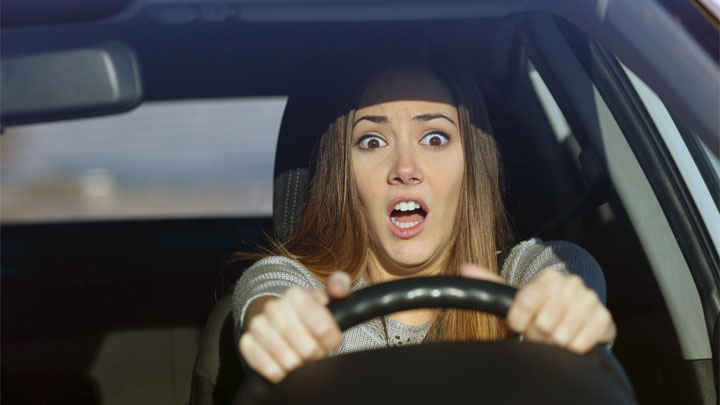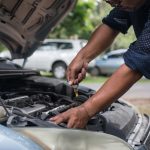How to Stop a Car when Brake Fails

- Turn your hazard lights on to caution different drivers. While they will be unable to sort out what the issue is, your danger lights will advise different drivers to tread carefully and focus on the thing your vehicle is doing. Your hazard light button ought to be some place on your dashboard, and the image for them is an orange triangle inside an orange triangle.
2. Take your foot off the gas or potentially switch off the cruise control. Taking off the gas will start to slow the car back, just by uprightness of grinding and gravity. Additionally, your cruise control system ought to switch off when you contact the brake or grip, however to be protected, do sure to turn it off manually.

3.Change into a lower gear. In the event that you’re driving a manual, press the clutch and downshift into the next gear down. This will start to slow the vehicle. Continue to move down as you feel the vehicle delayed down. In the event that you’re in a programmed, utilize the gear selector to move to second. Then, shift to first (additionally now and again set apart as “L” or “lower”).[1]
While you might be feeling overreacted, you don’t have to downshift at the same time. Allow the vehicle to dial back normally in the event that you’re not at risk for hitting something.
Most automatics have a second and first stuff on the stuff selector.
In the event that you have tap-to-move, shift into manual “M” (by and large to the right or left of “Drive” on console-change vehicles or the base gear on section shift vehicles) and press the less button to move down. Once more, in the event that you can’t go straightforwardly into the most minimal reach, attempt progressively moving down.

4.Pull over to the roadside. Search for a spot to get off the street. You need to cause as little harm as conceivable to you and different vehicles, so move away from the primary lane if conceivable. Assuming you’re on the expressway, get off it if you can.[2]
On the off chance that you can’t get off the expressway, utilize the shoulder.
5. Pump the brakes to try to stop. When your brakes fail, often they will only partially fail. You may still have some brakes in place, and pumping the brakes may be enough to slow you to a complete stop. After pumping a few times, press the brakes all the way to the floor to see if you have any pressure left.[3]
Pump quickly to build up friction
6.
Attempt the emergency (stopping) brake at lower speeds. if you still aren’t, pull up on the emergency brake. That is typically the huge switch that is close to the driver’s seat in many vehicles, however in some, it could be a pedal you push. The emergency brake might in any case be working regardless of whether your different brakes aren’t.
(a)Pull the leaving brake gradually, holding the delivery button as you do in the event that your vehicle has one. Assuming that you pull on it excessively fast, you might make your wheels lock. Assuming you have an electric stopping brake, they might lock anyway.
(b)It’s really smart to attempt to slow the vehicle before pulling the emergency brake. On the off chance that your tires do lock, you can slip at high paces.
(c)In the event that you feel or hear your tires lock, discharge a little piece of pressure from the brake application and hold it there.











